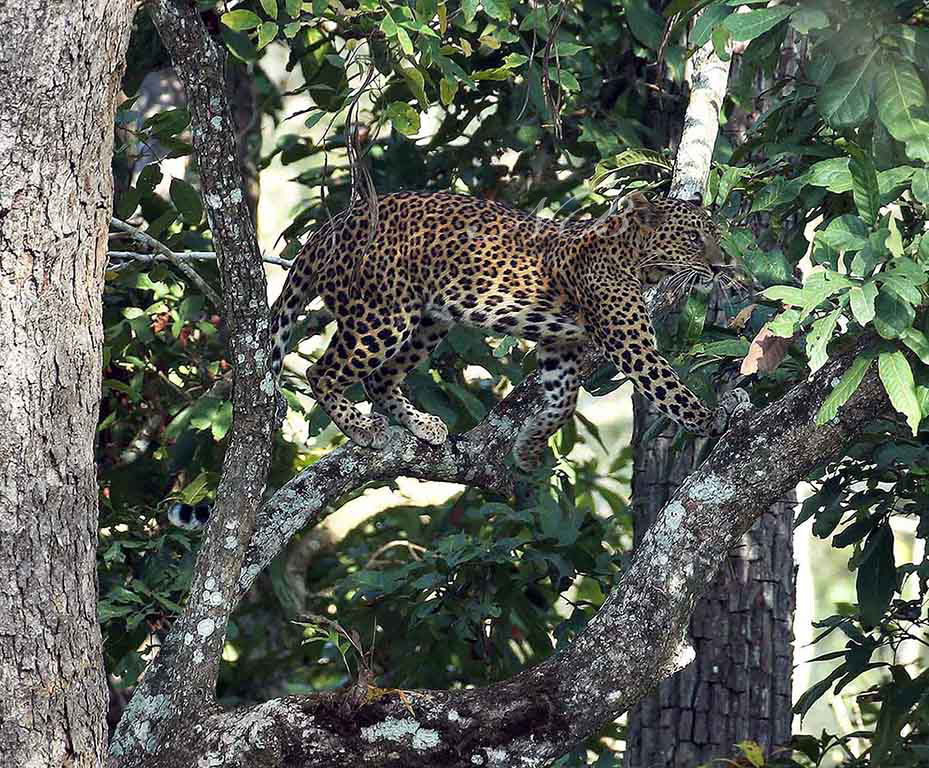- BY tictac
- POSTED IN Jungle News
- WITH 0 COMMENTS
- PERMALINK
- STANDARD POST TYPE

There are around 2,500 leopards in Karnataka, double the number estimated in the 2015 tiger census, as per the first-ever estimates of the spotted cat conducted in the state by the Nature Conservation Foundation (NCF) and the state forest department .
While the latest estimation covered entire states, the 2015 exercise that estimated 1,129 leopards in Karnataka of the total12,000-14,000 in India was limited to tiger landscape areas of the state. The six-year-long study shows how the leopard-human conflict has increased in Karnataka, like most other big cat habitat states in the country.
Uttarakhand, Himachal Pradesh, Maharashta, Rajasthan, J&K and Assam are some of the other states with large incidents of leopard-human conflict. “While it is good that leopard numbers are increasing, it is also important to mitigate human-leopard conflict,” said conservationist Sanjay Gubbi, lead author of the study, who used sampling-based camera traps to estimate their number. “In this method, the animals are identified using the rosette patterns on their body which are unique to each individual leopard,” he said.
Gubbi and team found that 27,418 villages in Karnataka have experienced human-leopard conflict with most of these villages located in and around, Udupi, Mysore, Hassan, Mandya and Tumkur. There’ve been 88 human injuries and 14 human deaths related to this conflict between 2009 and 2016. Sixty-one leopards have also been victims of unnatural death between 2013 to 2017, the study said.
“The leopard is a highly conflict-prone species and gets a lot of negative attention,” he said, emphasizing on the need to create awareness about increasing conflict. The state has taken measures to the check increasing conflict by adding new wildlife habitats. It has also increased the compensation for human death due to the conflict fromRs 2 lakh to Rs 5 lakh.In 2013, the state established the 906 sqkm Malai Mahadeshwara Wildlife Sanctuary, which enabled a 6,500 sqkm contiguous network connecting 23 different protected areas — by far, the largest in the country.


